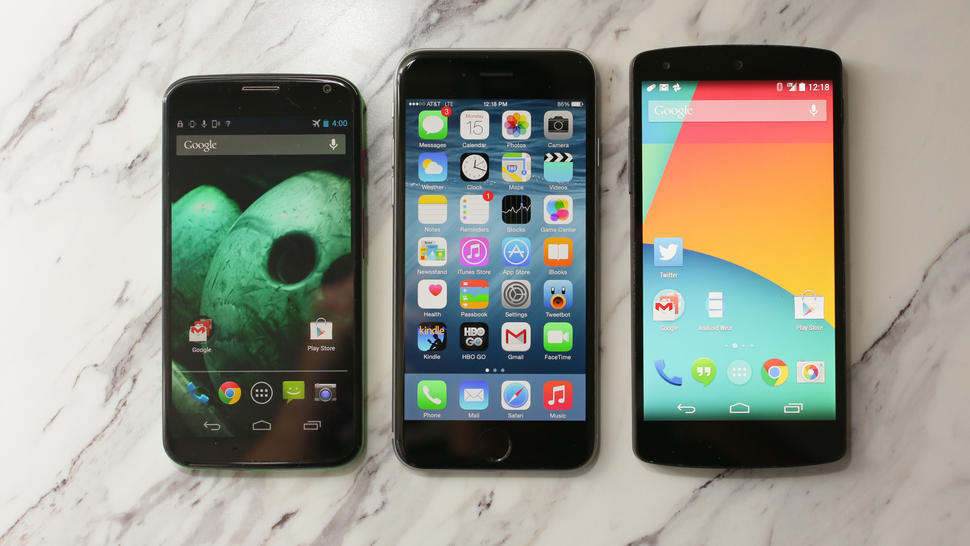Smartphone Generation and Why You Should Care
Mobile Phone Users have been on the rise and even more so now that the Smartphone era has begun penetrating the mobile market. In 2011, Business insider has reported a staggering 835 million smartphone users. Global internet usage has been predicted to double by 2015 and it is seen that most of these users would be browsing the web through their mobile smartphones. Neilsen has reported that in 2012 64% of mobile phone time is spent on their applications. Nielsen also reported that 13.4% is spent on text messaging, 11.1% on web browsing, 5.5% on social media applications, 5.4% on the actual voice features, 5.3% chatting and messaging people through IM and email, 2.3% are listening and watching music videos, and 1.1% are taking photographs.
According to eMarketer, by Dec 2011, The average adult consumer would spend more media time on their mobiles rather than reading newspapers and magazines. They also reported that it would take an average of 90 min to respond to email but 90 seconds for someone to respond to text messages. At the same time IABALM 2012 noted that 61% of customers would go to a competitor website if they found the site to be mobile unfriendly. comScore 2012 noted that based on their last survey 1 in 5 smartphone users have scanned product barcodes and nearly 1 in 8 compared prices on their phones while shopping.
Apple and Android now represent more than 75% of the smartphone market according to the same report submitted by comScore 2012 and the use of QR codes scans increased 300% by the end of 2011 as compared to that of 2010.
Taking a look at these particular numbers may seem staggering and blown out of proportion but the truth is that it is actually happening. People are now more mobile and even more connected with each other through the current technological advances in mobile technology. What used to be something that most consumers would do with their mobile phones they would and are now doing it on the go in their smartphone mobile devices. Tablets too are now starting to take over too as they are now accounting for a share of the 49% of devices that are used in local business searches through applications as was mention in comScore’s local search usage study last Feb 2012.
With the fast growing number of people now consuming mobile media through their mobile browsers as compared to printed marketing collaterals and computer based applications, it is wise of business now to start focusing their attention to implementing marketing strategies that would target these particular users. The numbers show that 127.6 Million Mobile users in the US and 108 Million users in Europe are constantly browsing their mobiles for news and information. People now prefer going through applications rather than having to purchase an actual magazine.
It should also be taken into account that these mobile phone users are hungry for data and that they want services to be just as quick and integrated as their mobile lifestyles. Improving the way applications and mobile websites engage customers and touch on satisfying customer needs the more loyal and likely they are to become a repeat business opportunity. Tapping into the social networking aspect of product marketing is also proving to be valuable as more and more consumers are more concerned with how their family and friends would view a particular product.
QR Codes are also something that should be considered as more than 52% of adult cellphone users have used their device in a store to help them make a purchasing choice. QR codes allow consumers quick access to the product and its benefits along with possible client testimonials, which build product credibility and thus help in convincing future clients into buying the products themselves.
Overall it is undeniable that with the growing change in the polarity of consumer shopping preferences and tools, marketing specialist should start diverting if not merging traditional methods with that of mobile marketing to capture the growing population of smartphone and mobile phone users. This isn’t just a fad, as the number show that growth in the smartphone and tablet industry is by no means showing any sign of slowing down, not in the near future.
